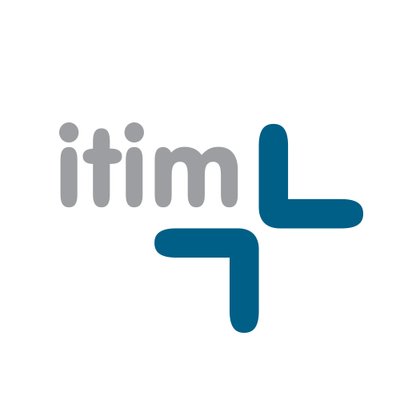Investors watching the ecommerce space in 2025 are seeing more than just a sector adapting — they’re witnessing an industry in the middle of reinvention. With trade policies tightening, artificial intelligence transforming operations, and a new generation of shoppers rewriting the rules, online retail is no longer playing by the old playbook. From Amazon overtaking Walmart in key revenue metrics to the rapid ascent of agentic commerce, the trends shaping the sector right now signal long-term shifts that are already impacting winners and losers in the online marketplace.
As the ecommerce landscape enters its second quarter of 2025, a confluence of disruptive forces is rewriting the script for digital retail. Tariffs and global trade disputes are forcing new strategic recalibrations, while AI continues to redefine customer experience and operational efficiency. Major players are jockeying for dominance in an evolving market — none more so than Amazon, which has surged past Walmart in quarterly revenue performance, reinforcing its status as the sector’s pace-setter. This marks a subtle but significant power shift in the high-stakes competition between two of the largest names in global retail.
At the same time, not all verticals are riding high. Online furniture sales are still struggling to gain traction, following a 0.4% year-over-year decline in 2024, signalling lingering challenges in categories that rely heavily on tactile experience and high-touch service. Conversely, grocers are defying expectations, with online channels now fuelling the majority of growth for stalwarts like Kroger and Albertsons. Leveraging delivery partnerships and omnichannel fulfilment models, these companies are reshaping how consumers approach food retail in a digital-first economy.
The importance of omnichannel strategies is further highlighted by Gen Z’s preferences. This cohort isn’t just mobile-first — it’s flexibility-first. They expect seamless integration between physical and digital channels, a contrast sharply drawn against the delivery-heavy habits of Baby Boomers. Retailers that fail to meet these expectations risk becoming irrelevant to the fastest-growing segment of future consumers.
Global dependency is also under scrutiny, especially for giants like Apple and Nike, who generate over half their ecommerce sales internationally. With U.S. trade policy becoming increasingly complex, these companies are aggressively deploying new technologies and strategic manoeuvres to protect margins and maintain access to key markets. As global commerce becomes more politically charged, the ability to adapt at scale is becoming a core differentiator.
Nowhere is that adaptability more apparent than in the emergence of agentic commerce. Building on the momentum of generative AI, this trend represents a new frontier where intelligent agents — powered by platforms like OpenAI and Amazon — assist consumers directly in decision-making, product discovery, and transaction execution. The race to deliver superior agent-driven user experiences is expected to intensify, giving rise to new competitive dynamics among tech-enabled retailers.
Fanatics is another name forcing a shift, particularly in the apparel category. While Nike has long dominated online apparel sales, Fanatics is closing the gap with a targeted expansion strategy. With Nike in the midst of a turnaround, the rankings in this space are no longer a given, reflecting broader volatility across once-secure market positions.
Retailers are also doubling down on tech investments to gain an edge. AI and supply chain technologies remain at the top of spending priorities, especially as merchants look to enhance agility and offset the effects of global disruption. This investment focus is not only improving efficiency but also enhancing resilience in an increasingly unpredictable environment.
Despite facing massive internal restructuring, Walgreens is another standout story. Its private equity-backed shift comes at a time when its digital channels are outperforming traditional operations, cementing its leadership in online Health & Beauty retail. The contrast between offline headwinds and online tailwinds is a clear indication of where the company — and the sector — is placing its bets.
Finally, the sheer conversion power of Amazon and Walmart remains unmatched. With brand awareness translating into actual purchases at conversion rates of 77% and 60% respectively, these two giants continue to set the standard. This is a testament not only to scale but also to the power of omnichannel delivery and personalisation to turn browsers into loyal buyers. For the rest of the market, the message is clear: adapt fast, or get left behind.
itim Group plc (LON:ITIM) is a SaaS-based technology company that enables store-based retailers to optimise their businesses to improve financial performance and effectively compete with online competitors. Itim adds retail value by helping multi-channel retailers optimise their business and their stores to improve financial performance and compete more effectively with the “Amazons”.





































